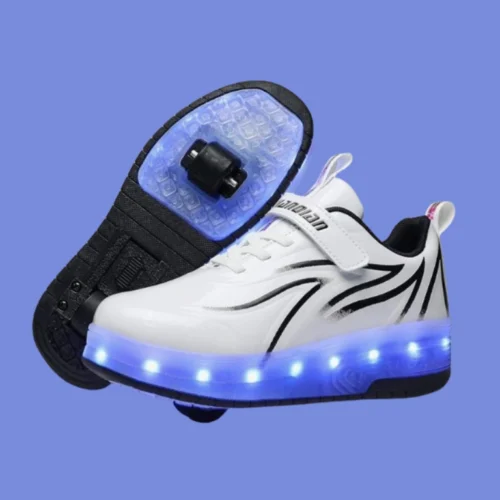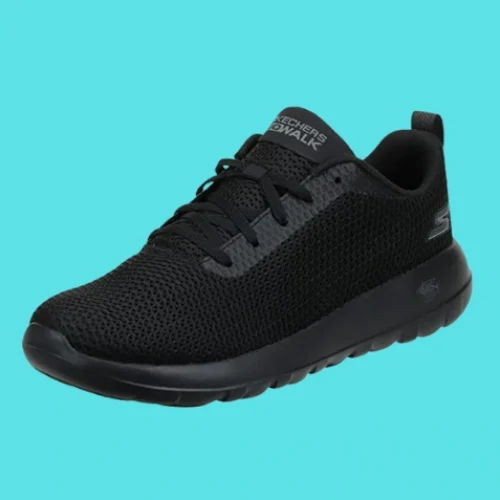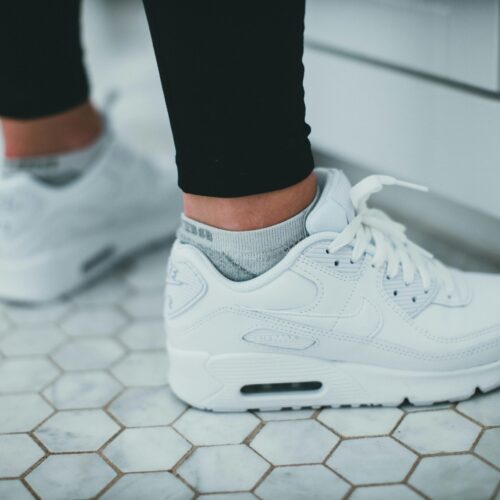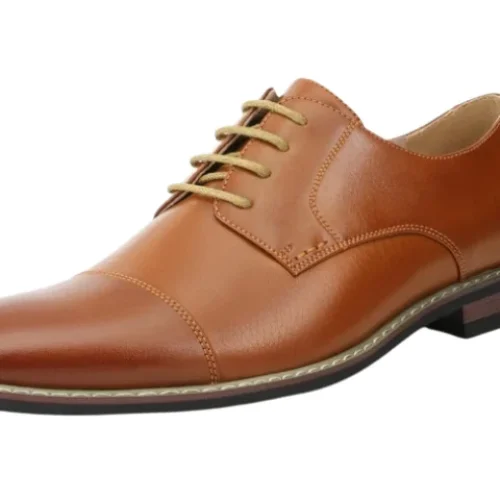The Essential Guide to Men’s Hiking Shoes: Benefits, Features, and Tips for Choosing the Right Pair
Hiking is a rewarding outdoor activity that offers both physical and mental benefits. However, to fully enjoy the experience, having the right gear is crucial, and this starts with proper footwear. High-quality men’s hiking shoes are vital for any hiker. This guide will explore the essential benefits, key features, and tips for selecting the best pair of hiking shoes to ensure a safe and comfortable adventure on the trails.
Why Proper Footwear is Vital for Hikers
Traction
Hiking shoes are designed with specialized outsoles that provide excellent grip on various terrains. This traction is crucial for preventing slips and falls, especially on wet or uneven surfaces. The lug pattern and depth of the outsole are key factors in determining how well the shoe can handle different trail conditions.
Support
Hiking shoes offer the necessary support to protect your feet and ankles. This support is particularly important when carrying a heavy backpack or traversing rocky trails. The right amount of support can prevent common hiking injuries, such as sprains and strains.
Protection
High-quality hiking shoes are built to shield your feet from sharp rocks, roots, and other trail hazards. Features like reinforced toe caps and durable upper materials help protect against abrasions and impacts, ensuring a safer hiking experience.
Hiking Shoes vs. Hiking Boots
Hiking Shoes
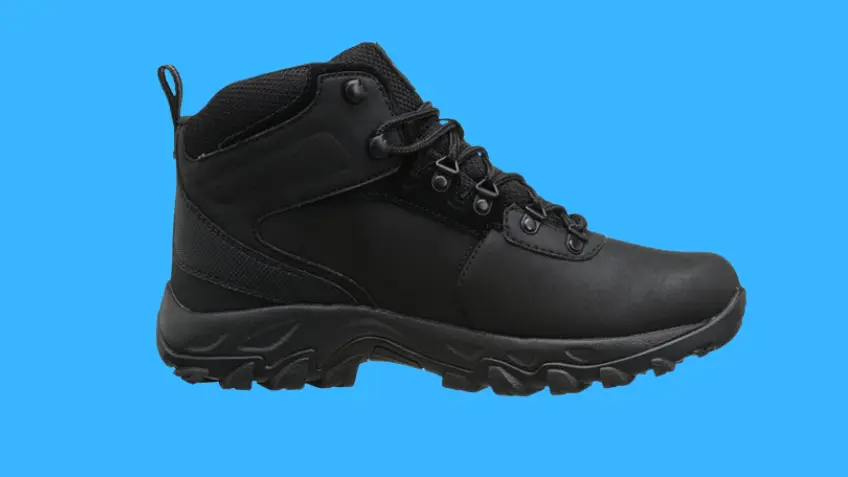
- Lightweight and Flexible: Hiking shoes are generally lighter and more flexible than hiking boots, making them ideal for shorter hikes and well-maintained trails. They allow for faster movement and reduce fatigue over long distances.
- Breathability: Many hiking shoes are designed with breathable materials, which help keep your feet cool and dry, reducing the risk of blisters and discomfort.
- Versatility: Hiking shoes can often double as everyday footwear due to their lightweight and comfortable design.
Hiking Boots
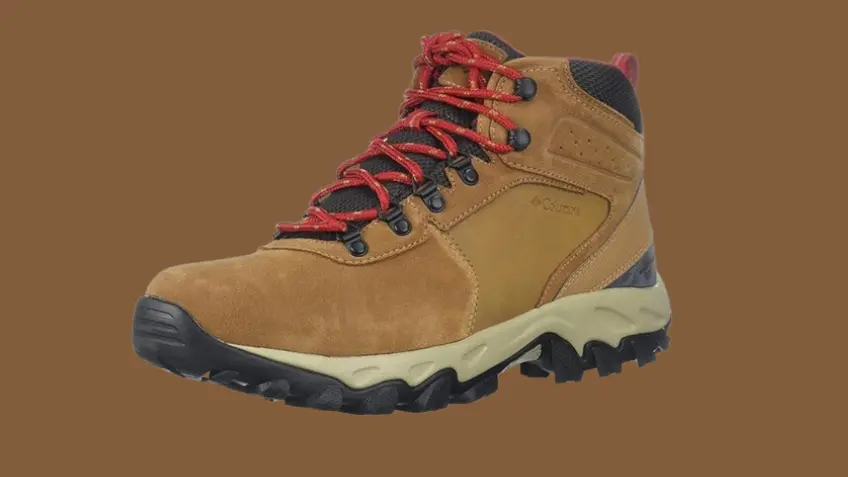
- Ankle Support: Hiking boots provide more ankle support, which is beneficial when hiking on rugged terrain or carrying heavy loads. This support helps prevent ankle rolls and provides additional stability.
- Durability: Boots are typically more durable and offer better protection against harsh conditions, making them suitable for longer excursions and challenging environments.
Essential Components and Features
Sole
The sole is one of the most critical components of a hiking shoe. Look for:
- Durable Rubber Outsole: Provides excellent grip and traction on various surfaces.
- Lug Pattern: Deeper lugs offer better traction on loose or muddy terrain.
- Midsole Cushioning: Materials like EVA or PU foam provide shock absorption and comfort.
Upper Material
The upper part of the shoe should be durable yet breathable. Common materials include:
- Mesh: Offers excellent breathability and is lightweight.
- Leather or Synthetic Leather: Provides durability and protection but may be less breathable than mesh.
- Waterproof Membranes: Such as GORE-TEX, keep your feet dry in wet conditions while allowing moisture to escape.
Waterproofing
Waterproof hiking shoes are essential for wet conditions. GORE-TEX and other waterproof liners help keep feet dry while maintaining breathability.
Cushioning
Proper cushioning in the midsole and insole provides comfort and reduces the impact on your feet. Look for shoes with ample cushioning to ensure a comfortable hike, especially on longer trails.
Finding the Right Fit and Sizing
Measure Your Feet
Make sure to measure your feet accurately, including both length and width. Hiking shoes should have enough room in the toe box to allow for natural toe splay without being too loose.
Try Them On
Always try on hiking shoes with the socks you plan to wear on the trail. Walk around to ensure there’s no slippage and that the shoes feel comfortable right out of the box.
Consider Sizing Up
If you plan to hike long distances or carry a heavy pack, consider sizing up slightly to accommodate foot swelling and thicker socks.
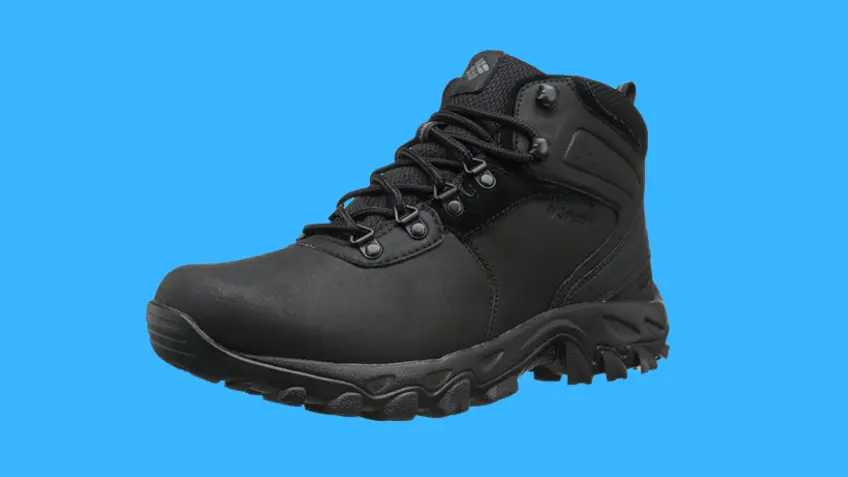
Additional Features to Consider
Breathability
Good ventilation helps keep feet dry and comfortable, reducing the risk of blisters. Look for shoes with mesh panels or breathable liners.
Toe Protection
Reinforced toe caps protect against stubs and impacts from rocks and roots, which can be crucial on rugged trails.
Quick-Lace Systems
Some hiking shoes feature quick-lace systems for easy adjustments and a secure fit without the hassle of traditional laces.
Weight
Lighter shoes reduce fatigue and allow for faster movement, making them ideal for day hikes or fast-packing.
Conclusion
Selecting the right pair of men’s hiking shoes is essential for a safe and enjoyable hiking experience. By considering the specific needs of your hikes, such as terrain and distance, and focusing on key features like traction, support, waterproofing, and fit, you can find the perfect pair to keep you comfortable and protected on the trails. Happy hiking!
By understanding the importance of proper footwear and knowing what to look for, you can make an informed decision and enhance your outdoor adventures. Whether you’re a casual day hiker or an experienced backpacker, investing in high-quality hiking shoes is a step in the right direction.


